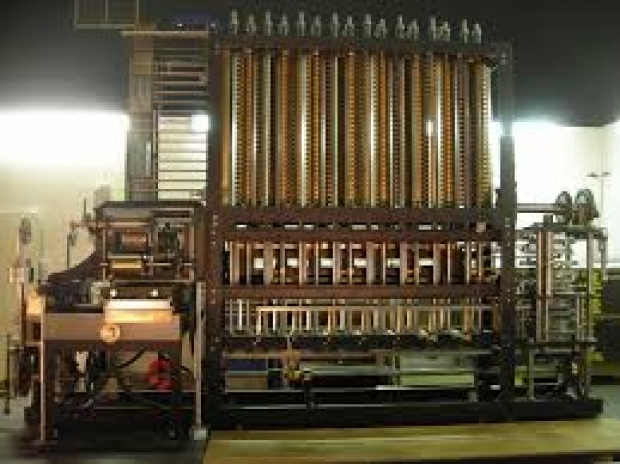Boffins at the Microsoft Research Lab in Cambridge, UK appear to have emerged from their smoke-filled labs having built a new kind of computer that would transcend the limitations of the binary systems.
We say “new” but an analogue machine was found in an Ancient Greek shipwreck and another was designed by Charles Babbage and programmed by Ada Lovelace. Still, given whenever Apple develops something everyone calls it new even if it has been around the block a few times, so we will give Microsoft a get out of jail free card on this one.
The computer uses photons and electrons, rather than transistors, to process data. Light passes through several layers, making impressions on each part of what's known as a 'modular array' which replaces the function of a standard transistor.
Microsoft says it can "solve practical problems at the speed of light." And "It’s already shown potential for surpassing state-of-the-art digital (silicon-based) technology." It can even match the most powerful quantum computers.
The AIM machine is built using commodity optoelectronic technologies that are low-cost and scalable, Microsoft says, and is based on an "asynchronous data flow architecture" which doesn't require data exchange between storage units and "compute locations."
AIM isn't designed for general-purpose computing tasks, and you can’t play Chrysalis on it. The analogue optical computer is helpful to solve complex "optimisation problems" like the travelling salesman riddle, Microsoft says, which are at the heart of many math-intensive industries, including finance, logistics, transportation, energy, healthcare, and manufacturing.
When it comes to crunching all the possible combinations of an exponentially growing problem, traditional digital computers struggle to provide a solution in a "timely, energy-efficient and cost-effective manner."
AIM was designed to fix two problems, Vole said. The first was the unravelling of Moore's Law and overcoming the limitations of specialised machines designed for solving optimisation problems.
For now, AIM is still a research project with limited access for potential customers. However, the machine is already being tested by UK financial company Barclays, which is using it to track money transactions into stock purchases.
Microsoft says it's now releasing its "AIM simulator as a service, allowing selected users to get first-hand experience. The initial users are the team's collaborators at Princeton University and at Cambridge University."

